If you spend an entire week to see all that Tehran has to offer it might not be enough, because Tehran is the largest, and most populous city in Iran.
Tehran has many Historical, Cultural, Theaters, Art, & science centers which makes it attractive to every ages, and tastes.
Tehran is the heart of Iranian commerce, and almost all of major corporation’s headquarters in Tehran.
It also housed all the Government ministries, and agencies.
It’s all in itself plus many scenic attractions has made Tehran to most traveled to city in Iran.
Tehran climate
Tehran has enjoyed the four season climate, hot summer, and dried air with little or no rain, cold winter with rain and snow fall.
The best time to travel to Tehran is spring season especially during the Iranian New Year, most of the Tehran residents travel to other destinations for the New Year and the city become far less hectic traffic wise with less smog.
The temperature during summer time can reach 40c, and the winter temperature could reach below zero.
The spring season rain is not uncommon, it will give you a chance to walk under the rain in spring time or you might want to carry an umbrella with you.
Tehran has an international airport (Imam Khomeini Airport), a domestic airport (Mehrabad Airport) and a central railway station, the rapid transit system of Tehran Metro, a bus rapid transit system, trolleybuses, and a large network of highways.
Since Tehran is a very crowded and busy city, going back and forth can be time consuming.
It is economical to find a Suite, Rental Apartment, or a House close to where you are visiting in Tehran.
Sepanja.com has gathered a vast collection of private resistance throughout the city for your convenience.
It is highly recommended that you book your accommodation in advance.
In case you decided to visit other cities in Iran, sepanja.com offers Suites, Apartments and Villas throughout the country.
Park and recreation center in Tehran:
You will find three distinguished type of park around and within Tehran.
Forestry, mountainous, and out of the mill ordinary park spread throughout the city.
To name a few for your convenience, Park a Shahr, located in the center of the city, Behsat park situated near the South Terminal, park Laleh is a great place for family picnic and in walking distance to Modern art history museum in the Southern part, and the Rug museum to the North.
Other parks to name are Pardisian park, Behesht Motheran.
Park Aab va Aatash which translates to water and fire, and Taleghani forestry park which these two park get connected by the amazing Tabiat Bridge.
For those visitor that are interested in History Tehran offers many historical sites, for those food lovers you can find any type of foods that your taste desires.
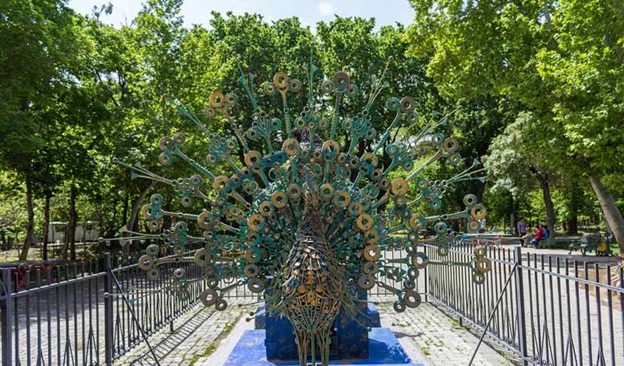
Park a Shahr
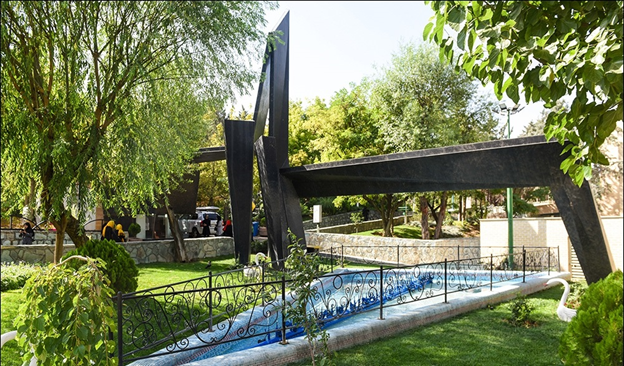
Park Behesht Motheran
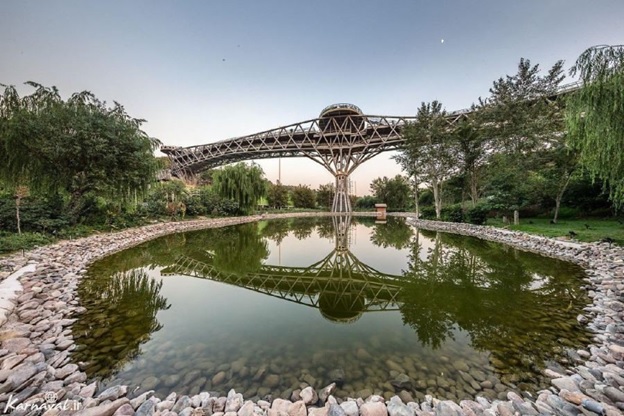
Tabiat Bridge
Tehran Palaces, Historical Landmarks, and Museums.
Tehran is home to many historical collections, including the royal complexes of Golestan, Sa’dabad, and Niavaran, where the two last dynasties of the former Imperial State of Iran were seated.
Tehran’s most famous landmarks include the Azadi Tower, mark the 2,500th year of the foundation of the Imperial State of Iran, and the Milad Tower, the world’s sixth-tallest self-supporting tower which was completed in 2007.
The Tabiat Bridge, a newly-built landmark, was completed in 2014.
According to the Global Destinations Cities Index in 2016, Tehran is among the top ten fastest growing destinations.
Golestan Palace
Topping the list of the best museums is none other than Golestan Palace, the UNESCO-listed site that once served as the Qajar dynasty’s seat of government.
The royal buildings require separate entrance tickets, though it’s worth seeing the lavish palace in its entirety.
Not to be missed are the Takht-e Marmar (Marble Throne) sitting in an open, mirrored hall, the cozy Karim Khan Nook, and the striking Shams-ol Emareh, whose clock was presented to Nasser al-Din Shah by Queen Victoria.
The painted tile walls enclosing the palace also make for excellent photo ops.
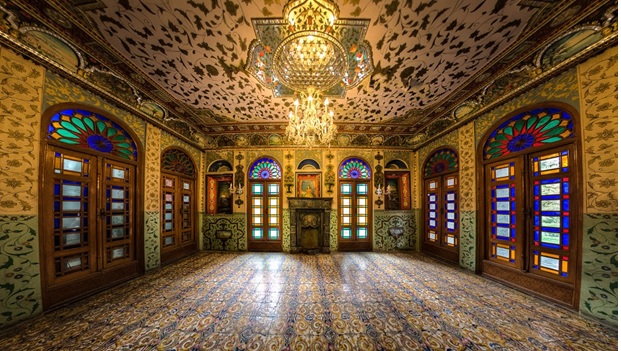
The National Jewelry Treasury
The underground vault of the Central Bank of Iran shelters an opulent array of priceless gems, crowns, and other jewels worn by the monarchs of the Safavid, Qajar, and Pahlavi dynasties.
Must-sees in the dizzying collection include the Peacock Throne (a gem-studded daybed) and the 182-carat uncut pink diamond Darya-ye-Nur (Sea of Light).
Limited openings and tight security mean you should plan your visit in advance, leave all of your belongings at reception, and keep your hands to yourself, lest you sound the piercing alarms.

Niavaran Cultural Historic Complex
The six museums that make up this cultural-historic complex lie within the confines of a five-hectare, landscaped garden.
Niavaran Palace was the main residence of the Shah and his family during the last decade of their rule.
The magnificent carpets and stylish gowns and uniforms of past monarchs are particularly noteworthy.
Elsewhere, the former crown prince’s childhood seems to be frozen in time at the Ahmad Shah Pavilion, his living quarters, and the Qajar-era Saheb Gharanieh Pavilion features grand halls and cozy, colorful nooks.
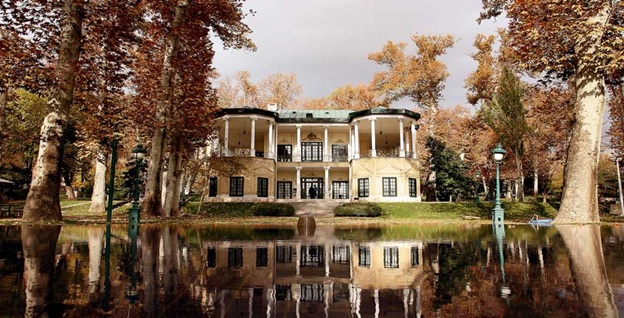
Tehran Museum of Contemporary Art
TMoCA contains one of the most valuable collections of Western art outside Europe and North America.
These paintings and sculptures, accumulated largely before the Revolution of 1979, feature the likes of Monet, Pollack, and Rothko, alongside a selection of contemporary Iranian artists such as Sohrab Sepehri and Parviz Tanavoli.
Sculptures by Giacometti and Magritte are in the surrounding garden grounds.
The imposing concrete building itself, designed by architect Kamran Diba, is admirable for its modern take on the traditional Persian badgir, wind tower.

AZADI TOWER
The inverted-Y-shaped Azadi Tower, built in 1971 to commemorate the 2500th anniversary of the first Persian Empire, is one of Tehran’s visual icons.
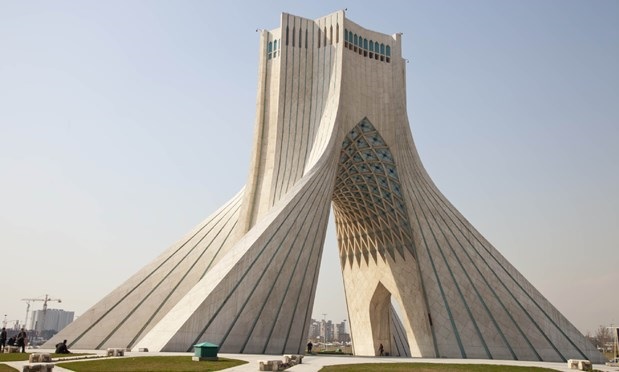
Milad Tower
Milad Tower, also known as the Tehran Tower, is a multi-purpose tower in Tehran, Iran.
It is the sixth-tallest tower and the 24th-tallest freestanding structure in the world.
It is located between Qarb Town and the district of Gisha, standing at 435 meters from the base to the tip of the antenna.
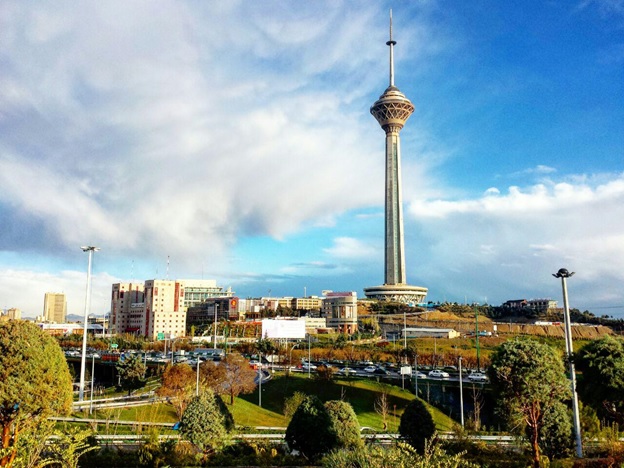
Shopping areas in Tehran
It consist of old Bazaar, and some of the newly constructed shopping malls with the most up to dated brands in the world.
The grand Bazaar
The Grand Bazaar is an old historical bazaar in Tehran, Iran.
It is split into several corridors over 10 kilometres in length, each specializing in different types of goods, and has several entrances, with Sabze-Meydan being the main entrance.
You can visit the jewelry corridor, or fabric sections of this mystical place.
An old adage in Iran call the Grand Bazaar the heartbeat of Iranian economy.
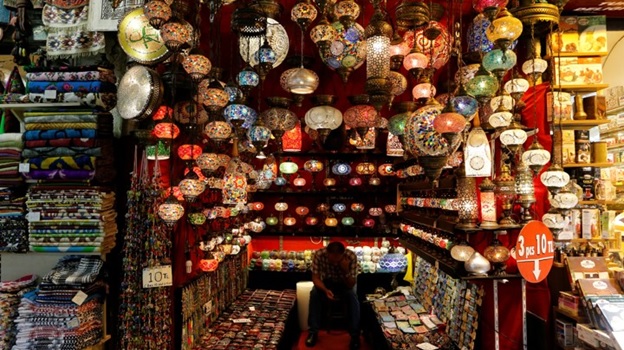
For those who wishes to hike, you can try some of the most amazing trails in Alborz Mountains.
Consdiently if you are in Tehran during the winter time and you are a ski buff, do not forget to try the Shemshak, or Dizin ski resorts.
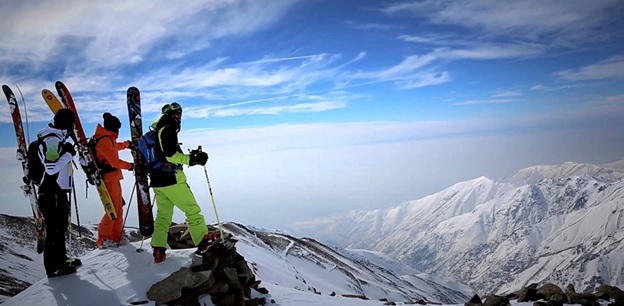
It is impossible to cover all the beauties that Tehran has to offer in this article.
We hope to see you here and we at sepanja.com have accommodations for your convenience in every corner of Iran.

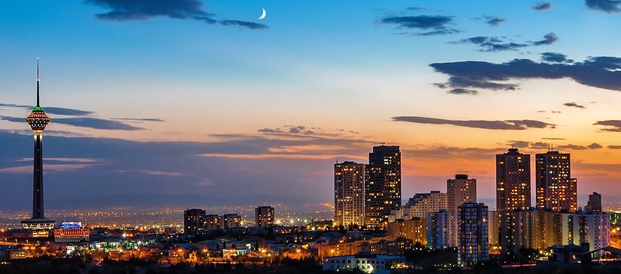
Pingback: A journey to Iran’s rooftop, Damavand - Sepanja Blog